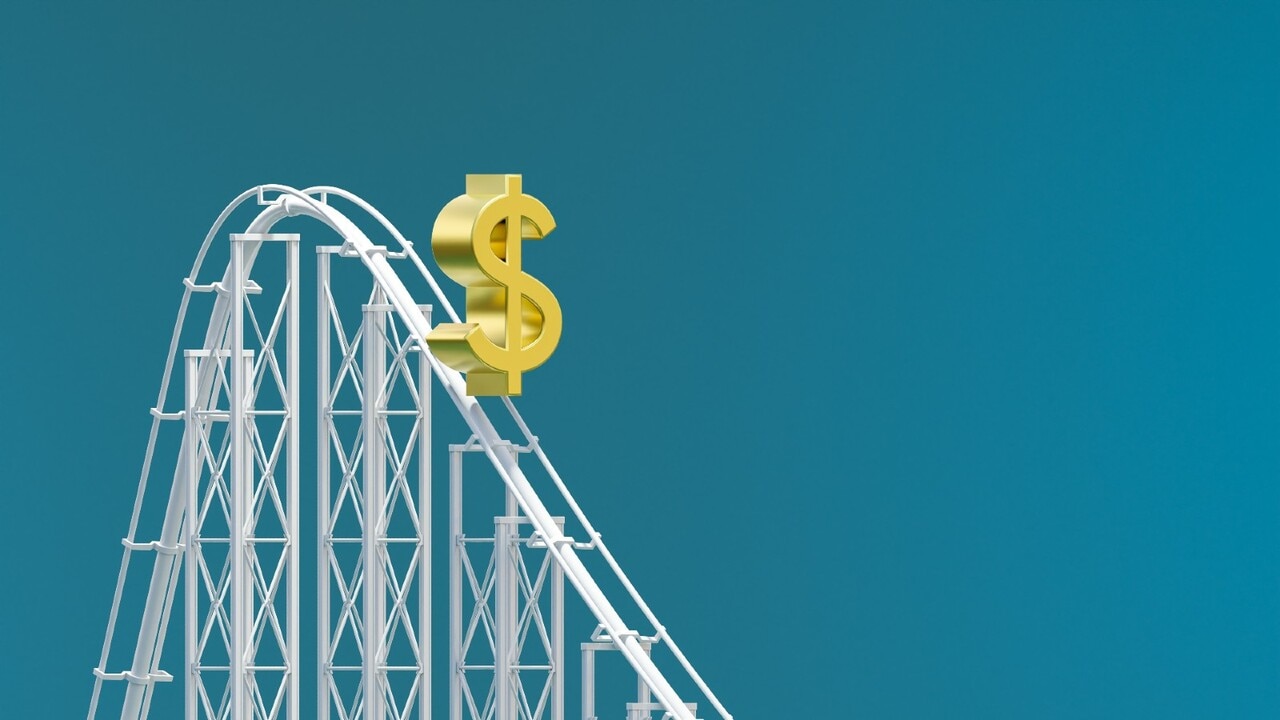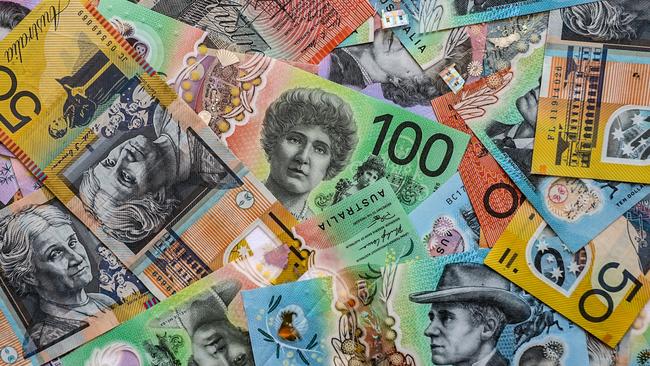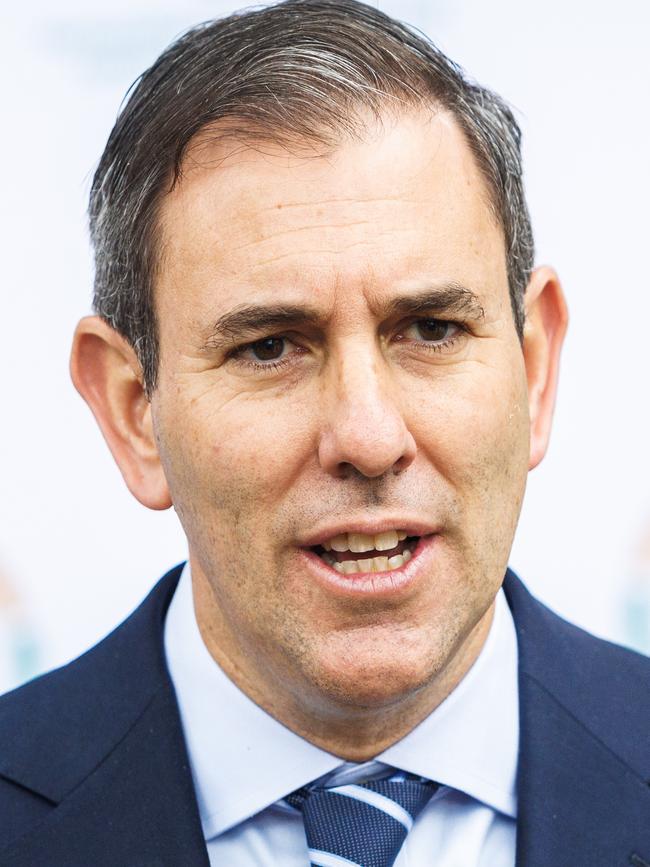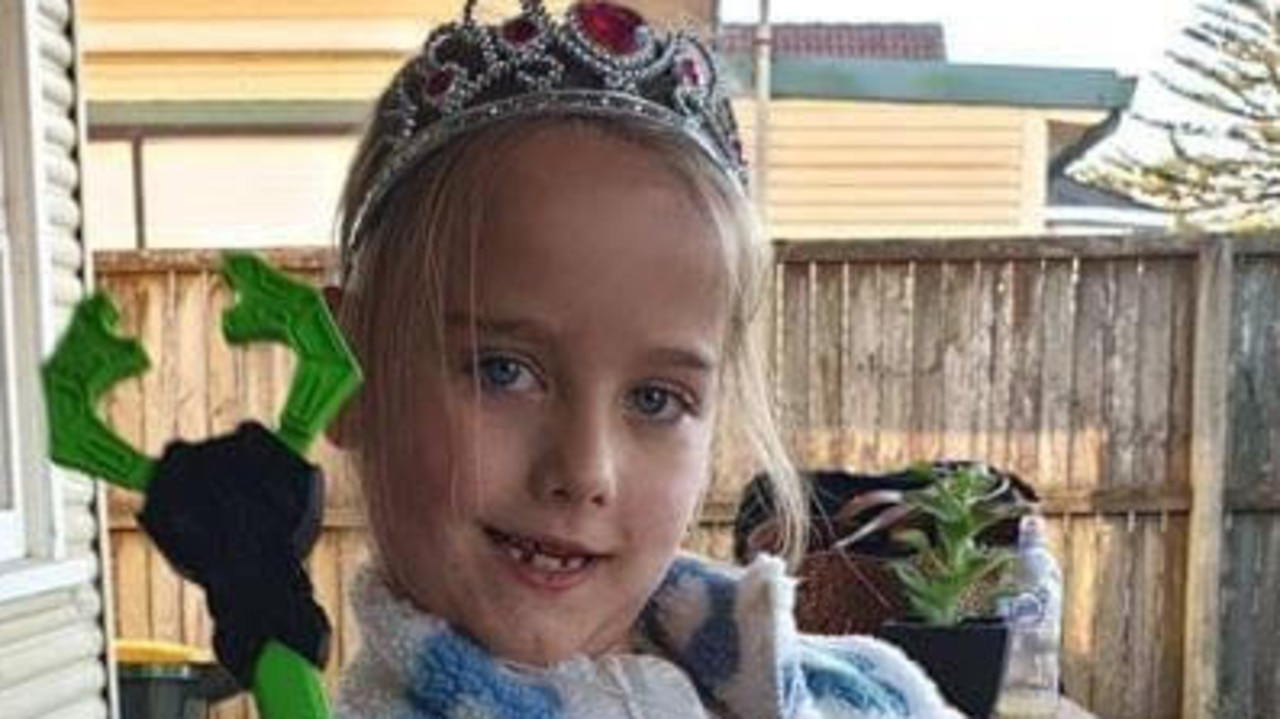Quarterly inflation figures reveal drop to three-year low, but interest rates aren’t expected to be cut
Inflation figures have fallen to a three-year low, but the chances of the Reserve Bank cutting rates before Christmas have been revised.

Australia’s biggest home lender has given up on a pre-Christmas cash rate cut from the Reserve Bank following new inflation figures.
Money-stressed homeowners have been warned the rate will probably remain at 4.35 per cent until February next year at the earliest, despite inflation dropping to a three-year low of 2.8 per cent.
Wednesday’s figures released by the Australian Bureau of Statistics was the first time the quarterly consumer price index had dipped into the central bank’s target range between 2 to 3 per since March 2021.
However the all-important underlying inflation, which removes any volatile price changes, remained above target at 3.5 per cent.
Commonwealth Bank head of Australian economics Gareth Aird had been predicting the Reserve Bank board would cut the rate at its final meeting in December.
But the back had now fallen into line with the three other major banks, saying the RBA won’t move till its first meeting of 2025.
“The data was almost certainly a touch too strong on the key underlying measure for the board to entertain the idea of a rate decrease this year,” Mr Aird said.
“The process of normalising the cash rate will be a story for 2025.”
The RBA board will meet next Tuesday – Melbourne Cup day – where the betting money is the cash rate being kept on hold again.
“We look for the first 25 basis point rate decrease in February 2025,” Mr Aird said.
“Our expectation is that the disinflation process will continue over Q4 24 and the board will view February 2025 as the most appropriate time to commence cutting rates.”
Betashares chief economist David Bassanese has also tipped the RBA will begin cutting the 13-year high cash rate of 4.35 per cent from February of next year, but cautioned it was “by no means a done-deal”.
“The RBA could still judge annual trimmed mean inflation of 3.5 per cent (and likely persistently sticky service sector inflation) as insufficiently good progress in reducing inflation to justify a rate cut this early,” he said, adding this could change if unemployment increases.
Oxford Economics Australia head of macroeconomics forecasting Sean Langcake said while the latest data was what was “expected”, a return to target headline inflation would not lead to an immediate rate cut.
He has tipped rates won’t begin coming down until the second quarter of 2025.
“The main game is core inflation and that is unfortunately still too high for the RBA to be comfortable with cutting rates,” he said.
“People’s eyes are going to be drawn to the fact that headline inflation is 2.8 per cent, but you’re still seeing a lot of inflation coming out of the services sector of society. This is part of our poor productivity performance translating into higher prices.”

However, Deloitte Access Economics partner Stephen Smith said Australia’s slowing economy, and inflation being driven by “supply-side issues”, meant the rate hikes “have done their job”.
“The RBA is of the view that the level of demand in Australia is still outpacing supply, putting upwards pressure on prices. This is debatable,” he said.
Mr Smith added that the economy was growing at its slowest since the 1990s recession, the pandemic period not withstanding, with net household income also toppling by 10 per cent since rates began lifting.
“With inflation falling and households suffering, the case for a rate cut is clear,” he said.
“A single 25 basis point cut would save a household with an average variable mortgage around $1600 a year.”
Fruit and vegies, rents add to inflation
Australian Bureau of Statistics head of prices statistics Michelle Marquardt said the biggest contributors to inflation this quarter were food and non-alcoholic beverages (up 1.2 per cent) and housing (up 1.1 per cent), which was driven be increases to rent and new dwellings purchased by owner occupiers.
Tobacco also increased 6.3 per cent in the past quarter.
“The continuing tight rental market and low vacancy rates caused rental prices to go up 2.0 per cent for the quarter following a 2.1 per cent rise in the March 2024 quarter,” she said.
The increased cost of fresh produce was also impacting the CPI, with fruit prices 4.7 per cent higher year-on-year.
“Fruit and vegetable prices rose this quarter, as unfavourable growing conditions drove higher prices for grapes, strawberries, blueberries, tomatoes and capsicums. This was the highest quarterly rise for fruit and vegetables since 2016,” Ms Marquardt said.
While electricity prices were 6 per cent higher year-on-year, they would have been 14.6 per cent higher without the federal government’s energy rebates.
Treasurer: ‘Soft landing’ coming in inflation fight
While Jim Chalmers said the government was “confident but not complacent” Australia’s ability to achieve a “soft landing” in its fight against inflation, the Treasurer acknowledged families were still doing it tough.
“That’s why this fight against inflation is not over yet, but we are making really substantial progress,” he said.


Seizing on the above-target underlying inflation, shadow treasurer Angus Taylor criticised Labor for too-high government spending.
He said a Coalition government would go back to the “basic stuff of government, like increasing energy and housing supply” and ensuring “militant union officials aren’t holding Australian households and Australian businesses to ransom”.
“This is the basic stuff of government that ensures you have a strong, low inflation economy,” he said.



